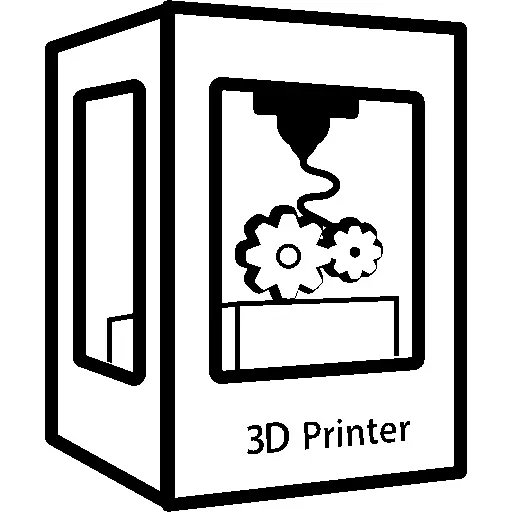I see a lot of people claim they tune/calibrate their printer any time they use a new spool of filament. But does anyone actually do this? It feels like a waste of time when filament is so consistent, even between brands. I can understand doing it for specialty rolls, but for basic pla? Seems unnecessary
Reading the answers make me feel bad about myself.
I never really calibrated my printer. I have a BLTouch so I rarely have to level the bed, I correct the Z offset when my prints start failing, and that’s pretty much it.
I should probably start taking printing more seriously.
If you’re happy with your prints, then no need to calibrate IMO. I think calibration is only necessary when you see a problem or want the best possible prints you can get. But personally, I don’t care too much if a print isn’t perfect, as long as it works
Nah, there’s nothing wrong with that. I’m the same type as you and just print until something goes wrong. While I enjoy the journey of 3D printing, what I really love is the results. As long as you get the result there’s no need to tinker unless you just really love that aspect.
I print a temp tower for every new brand I get and save that as a profile. Has worked fine for me for years
Same here. New brand, new temp tower. Maybe a new color if on the spool it looks different.
New brand seems reasonable. I still don’t even do that, but I also don’t care too much if it’s not a perfect print haha
God no, way too lazy for that lol. It probably does help though.
I don’t do it for every spool, but I’ll generally tune for each brand I have. Elegoo’s PLA prints different than IIID Max PLA+, so I have profiles for both. I’ll only tune a new spool if it’s not printing well with the brand’s profile
Could be semantics but I configure (tune?) my profile to brand and color and leave it unless a roll is printing oddly. Basically, I’m looking for adjustments to flow, retraction speed and distance. Overture black and white are the same but recently used a hot pink and bright green from two different manufacturers where my Cura Overture Black/white profile sucked.
I rarely ever do, honestly I use the “Prusament” defaults in prusaslicer for all of my rolls of various types, and never really have any issues. Unless it’s something like a silk or specialty type of filament.
Being a lazy type, I only do it per-material, and then only crudely. Which is part of the reason my PETG prints tend to be a bit on the stringy side, I’m sure—I’ve just never bothered to tune the retraction properly.
Ain’t nobody got time for that.
Heck no. I’ve got a baseline profile that’s good enough and tweak if something is obviously wrong.
These days I just want to print with as little fuss as possible. Think a BambuLab printer is in my future.
Not unless I notice it printing poorly
I tune whenever I start getting failures, or if I completely switch materials. For example, with petg, it works better to have a thicker initial layer so I’ll raise the z offset a bit going from pla to petg, and the opposite going back.
But I’ve gone through multiple rolls without needing to tune.
This sums it up perfectly for me too.
I tune whenever I start getting failures
Not really, I usually run a test print. But I have noticed that sometimes a different color will need different settings, even if it’s the same material and brand.
One thing that I do for every roll is to put an ID number on it and weigh it, and put that into a database. That way I have a good estimate of whether or not I have enough filament for a project.
Just each brand and type unless a particular color or roll is printing weird. Some color formulations can we weird from some brands.
I just start printing with a profile that looks close enough - I’ll see soon enough if I need to change something, and more often than not it comes out good enough. (Not just for PLA - I pretty much don’t print that anymore - but any material)
I just do it for new brands or colors. Though if a roll is giving me a hard time I’ll do some checks.








